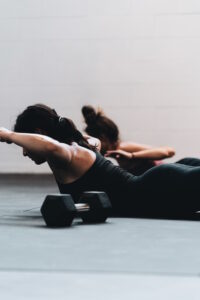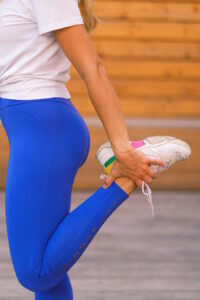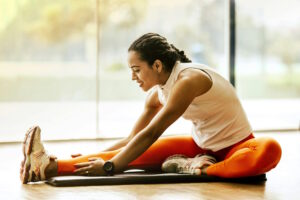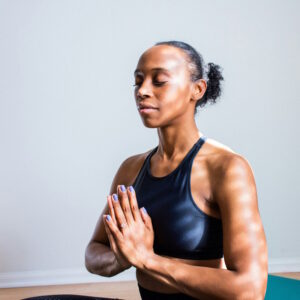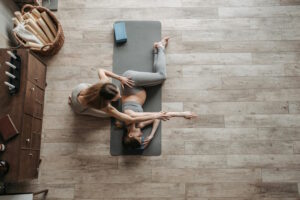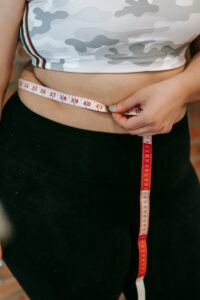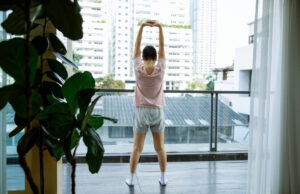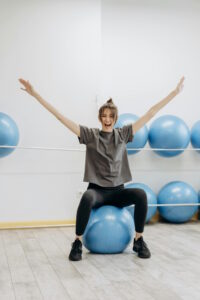
In today’s fast-paced world, stress and anxiety have become all too common, taking a toll on our mental and emotional well-being. Finding effective ways to manage stress and promote mindfulness is crucial for a balanced and peaceful life. One such approach that has gained recognition for its mental health benefits is Pilates. Beyond its physical advantages, Pilates offers a holistic approach to stress reduction and mindfulness. In this exploration, we will delve into how Pilates contributes to stress reduction, its role as a mindful exercise, its potential benefits for individuals dealing with depression and anxiety, and whether it surpasses yoga in promoting mental health.
How Does Pilates Help to Reduce Stress?
Pilates offers several mechanisms for stress reduction:
1. Mind-Body Connection: Pilates encourages a strong mind-body connection, promoting awareness of physical sensations and reducing mental chatter, which is often a source of stress.
2. Deep Breathing: Many Pilates exercises incorporate deep, mindful breathing techniques that can activate the body’s relaxation response, lowering stress hormones.
3. Muscle Relaxation: Pilates exercises often involve gentle stretches and muscle releases, helping to release tension held in the body due to stress.
4. Improved Posture: Pilates emphasizes good posture, which can help alleviate stress on the spine and reduce discomfort associated with poor posture-related stress.
5. Focus and Concentration: Pilates requires concentration and focus on the present moment, diverting attention away from stressors.
Is Pilates a Mindful Exercise?
Yes, Pilates is considered a mindful exercise. It cultivates mindfulness by:
1. Focused Attention: Pilates demands focused attention on precise movements and body sensations, promoting mindfulness of the present moment.
2. Breath Awareness: Pilates emphasizes breath awareness, with the breath serving as an anchor to the present moment, similar to mindfulness meditation.
3. Body Awareness: Pilates promotes an acute awareness of body positioning and muscle engagement, fostering a deep mind-body connection.
4. Stress Reduction: Mindful movement in Pilates contributes to stress reduction, as mindfulness practices are known to do.
5. Stress Resilience: Regular Pilates practice can enhance stress resilience, improving one’s ability to cope with life’s challenges.
Is Pilates Good for Depression and Anxiety?
Pilates can be beneficial for individuals dealing with depression and anxiety:
1. Exercise and Mood: Regular physical activity, including Pilates, stimulates the release of endorphins, which can improve mood and reduce symptoms of depression and anxiety.
2. Mindfulness: The mindfulness cultivated in Pilates can help individuals manage symptoms of depression and anxiety by promoting a greater sense of control and reducing rumination.
3. Stress Reduction: As stress is a contributing factor to depression and anxiety, Pilates’ stress-reduction benefits can indirectly alleviate symptoms.
4. Enhanced Self-Esteem: Achieving physical improvements through Pilates can boost self-esteem and self-confidence, which can be particularly helpful for individuals with depression and anxiety.
Is Yoga or Pilates Better for Mental Health?
The choice between yoga and Pilates for mental health depends on individual preferences and needs:
1. Yoga: Yoga combines physical postures, breath control, and meditation to promote mental and emotional well-being. It is particularly effective for individuals who seek a comprehensive mind-body practice with an emphasis on spirituality and self-awareness.
2. Pilates: Pilates is an excellent choice for those who prefer a more structured, fitness-oriented approach to mindfulness. It is particularly beneficial for individuals looking to improve physical strength, flexibility, and posture while also cultivating mindfulness.
In Summary:
Pilates offers a multifaceted approach to mental health, serving as a powerful tool for stress reduction, promoting mindfulness, and potentially benefiting individuals dealing with depression and anxiety. Whether Pilates or yoga is better for mental health ultimately depends on personal preferences and goals. The important thing is to find a practice that resonates with you and supports your mental well-being, as both Pilates and yoga have much to offer in this regard.
